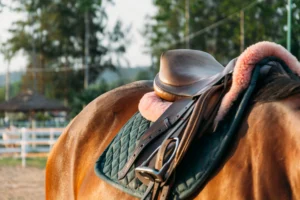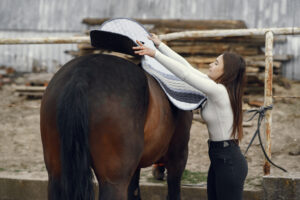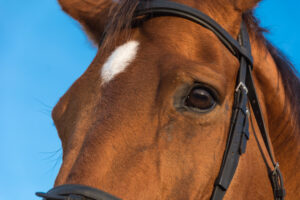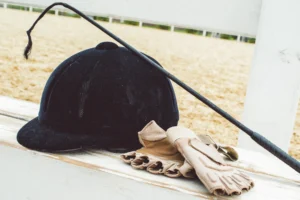Introduction
When most horse enthusiasts picture a Friesian horse, they envision a majestic black stallion with flowing mane and feathered fetlocks, proudly prancing across emerald fields. This iconic image has cemented the belief that Friesian horse colors are exclusively black. But is this reality, or merely a persistent myth in the equestrian world?
While the majority of Friesian horses do indeed sport the classic jet-black coat that has made the breed famous, there are fascinating exceptions to this rule. The world of Friesian horse colors is more diverse than many realize, with rare color variations occasionally appearing that challenge breed standards and ignite passionate debates among breeders and enthusiasts alike.
In this comprehensive guide, we’ll explore the spectrum of Friesian horse colors, delving into the genetic mysteries behind these magnificent animals and uncovering five rare coat colors that break the “all black” myth. Whether you’re a seasoned equestrian, a prospective Friesian owner, or simply fascinated by these elegant creatures, prepare to discover the colorful secrets of one of the world’s most beloved horse breeds.
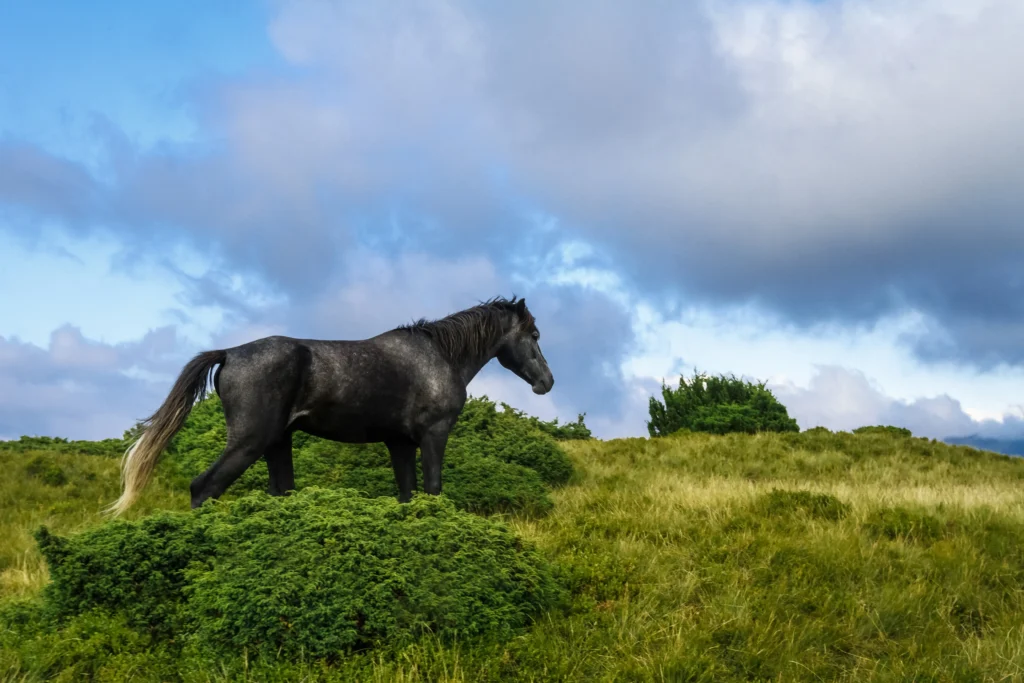
The Standard: Classic Black Friesian Horse
Before we explore the exceptions, let’s understand why the black Friesian horse has become the gold standard for this breed.
The Iconic Black Coat
The classic Friesian horse colors begin and largely end with black. This isn’t just any black—it’s a deep, lustrous black that catches the sunlight with an almost blue-like sheen. The intensity of a true black Friesian horse coat is unmistakable, often described as “coal black” or “raven black.” This distinctive coloration is one of the defining features that has made the breed so recognizable and sought-after worldwide.
The Friesian’s striking black coat is complemented by its other distinctive physical traits: a powerful, muscular build, abundant mane and tail hair, and those signature feathered lower legs. When people ask “what color are Friesian horses,” the standard answer has traditionally been simple: black.
Breed Standards and Color Requirements
According to the Friesian Horse Association of North America (FHANA), which works in conjunction with the mother studbook in the Netherlands, the only color permitted for registration of purebred Friesians is black. The purebred Friesian horse color requirement is strictly enforced, with variations historically being viewed as evidence of crossbreeding or genetic “impurities.”
The Friesian horse breed standards state that while small white markings on the forehead (a star) may be permitted, excessive white markings or any other coat color has traditionally led to rejection from the official studbook. This stringent approach to Friesian horse colors has helped maintain the breed’s distinctive appearance but has also contributed to the widespread belief that non-black Friesians simply don’t exist.
Genetics Behind Friesian Horse Colors
To understand how rare Friesian horse color variations occur, we need to explore the fascinating world of equine color genetics.
Basic Color Genetics in Horses
Horse coat colors are determined by a complex interaction of various genes. The primary genetic factors include:
- Extension (E) gene – Controls whether black or red pigment is produced
- Agouti (A) gene – Determines how black pigment is distributed
- Cream (Cr) gene – Dilutes base colors when present
- Gray (G) gene – Causes progressive graying with age
- Various white pattern genes – Create markings, roan patterns, or white coloration
Understanding Friesian horse color genetics begins with recognizing that the breed is predominantly homozygous for the dominant Extension gene (EE), which produces black pigment, while typically lacking the dilution genes that would modify this color.
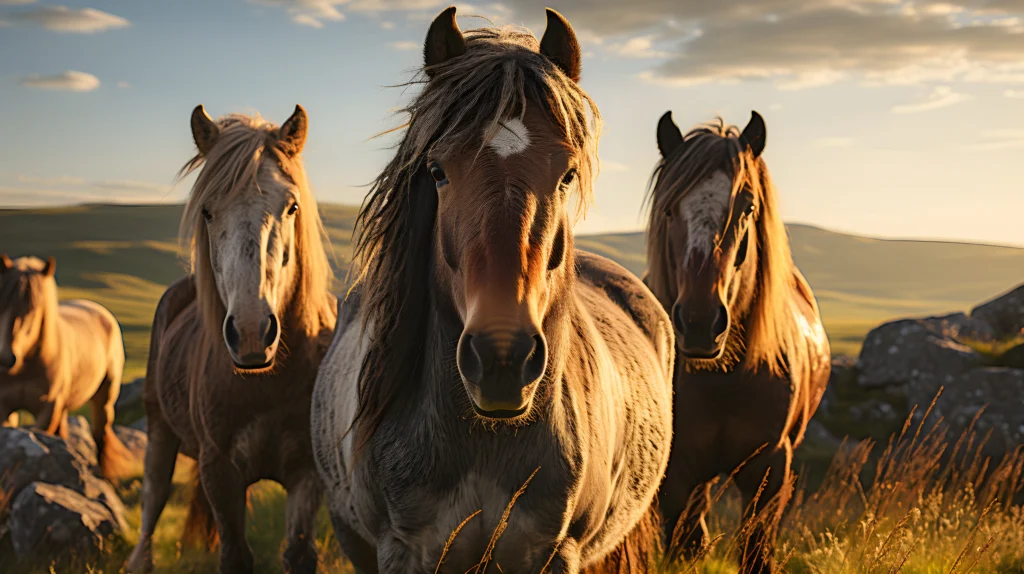
Why Black Is Dominant in the Breed
The prevalence of black in Friesian horse colors is no accident. Through centuries of selective breeding, the genetic makeup of Friesians has been carefully cultivated to maintain the black coat that enthusiasts prize.
Most Friesians are homozygous for the recessive “a” allele at the Agouti locus (aa), which allows black pigment to be expressed across the entire body. Additionally, breeders have historically selected against dilution genes that would lighten the coat to colors like chestnut or bay.
This careful genetic selection explains why when people ask, “are Friesian horses always black,” the answer has historically been “yes” for purebred, registered specimens. However, as we’re about to discover, nature occasionally has other ideas.
5 Rare Friesian Horse Colors That Break the Myth
Despite the breed’s strong association with black, there are indeed unusual Friesian horse colors that occasionally appear. Let’s explore five of the most fascinating rare Friesian horse colors.
1. Chestnut Friesian Horse
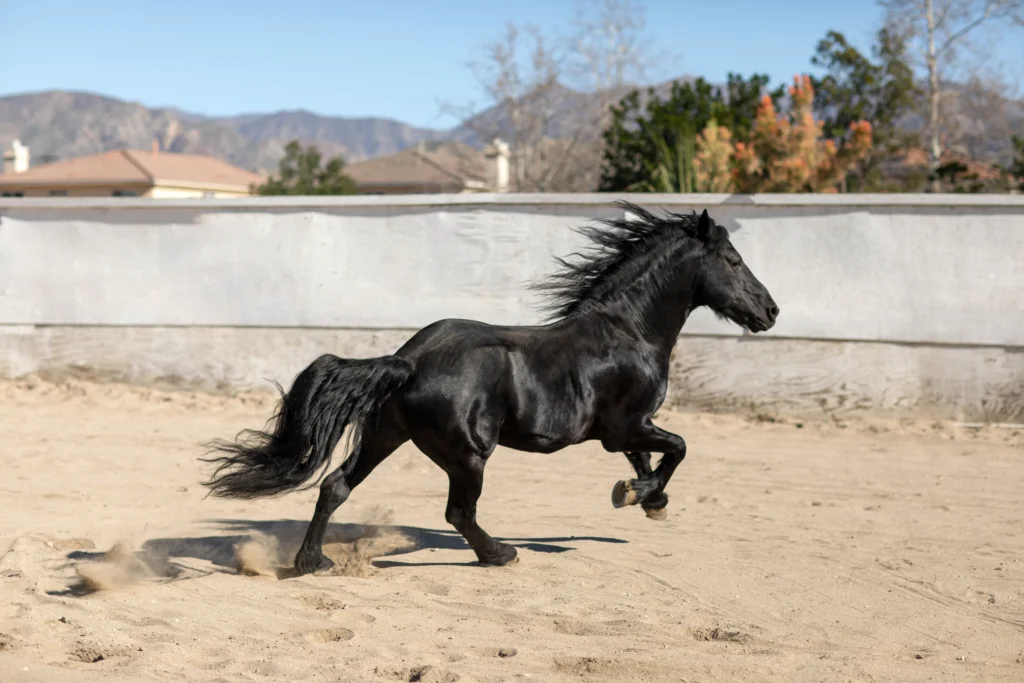
Perhaps the most controversial of all Friesian horse coat colors, the chestnut Friesian horse presents a rich, reddish-brown coat instead of the traditional black. This color results from a recessive mutation in the Extension gene that prevents the production of black pigment entirely.
Chestnut Friesians still display all the other beloved characteristics of the breed: the powerful build, abundant mane and tail, and feathered fetlocks. However, these horses have historically faced rejection from the main studbook due to their non-standard color.
Recent genetic research has confirmed that chestnut can occur naturally in purebred Friesian bloodlines, contradicting the long-held belief that such coloration necessarily indicated crossbreeding. This has sparked ongoing debates about whether chestnut Friesian horse individuals should be eligible for main studbook registration.
Some breeders specialize in these rare Friesian horse colors, particularly in North America, where a small but dedicated following appreciates these unique animals. While they may not qualify for the main studbook, they’ve found their place in the hearts of many Friesian enthusiasts who appreciate diversity in Friesian horse colors.
2. Bay Friesian Variations
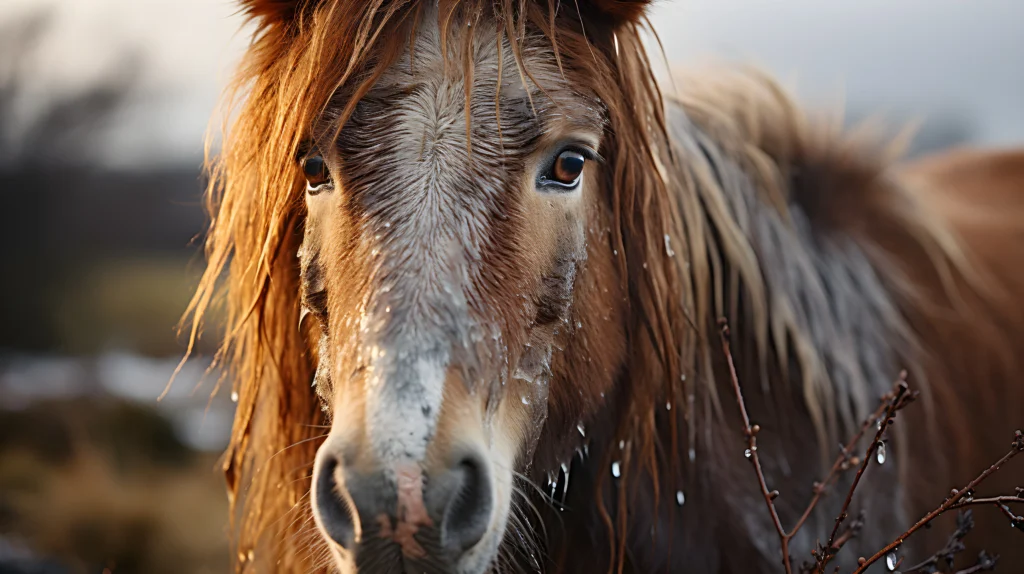
Bay is another color occasionally seen in non-black Friesian horse individuals. Bay horses have a brown body with black “points” (mane, tail, lower legs, and ear edges). This coloration occurs when a horse inherits both the Extension gene for black pigment and the dominant Agouti gene that restricts black coloring to the points.
Since most traditional Friesians are homozygous for the recessive agouti allele (aa), the appearance of bay coloration in a Friesian typically raises questions about purity. However, some historical records suggest bay Friesians existed in earlier centuries before strict color selection became the norm.
Like chestnuts, bay Friesians maintain the distinctive conformation and character of the breed but are generally not accepted in the main studbook due to their unusual Friesian horse colors. They represent a fascinating glimpse into the genetic diversity underlying this ancient breed.
3. Gray Friesians
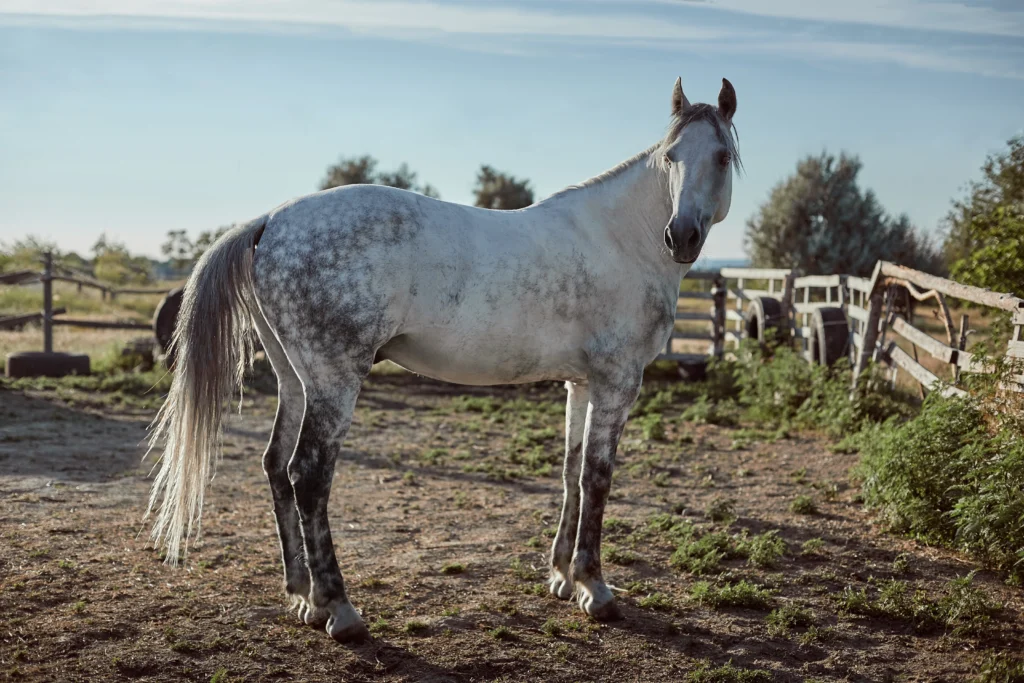
Gray is not a base color but rather a progressive condition where horses gradually lose pigment in their hair, similar to graying in humans. A gray Friesian starts life as a black foal but carries the dominant gray gene, which causes white hairs to increasingly replace colored ones as the horse ages.
While extremely rare in purebred lines, the gray gene can produce stunning Friesian horse color variations where a mature horse may appear nearly white while still maintaining the coal-black skin underneath. Many casual observers might mistake these for white Friesian horses, prompting the question: “can Friesian horses be white?”
True white horses (with pink skin) are not found in purebred Friesian lines, but these graying individuals can eventually achieve a coat that appears white to untrained eyes. The gray gene is generally considered evidence of crossbreeding in Friesian lineages, though historical records suggest gray Friesians may have existed before modern breed standardization.
4. Friesians with Extensive White Markings
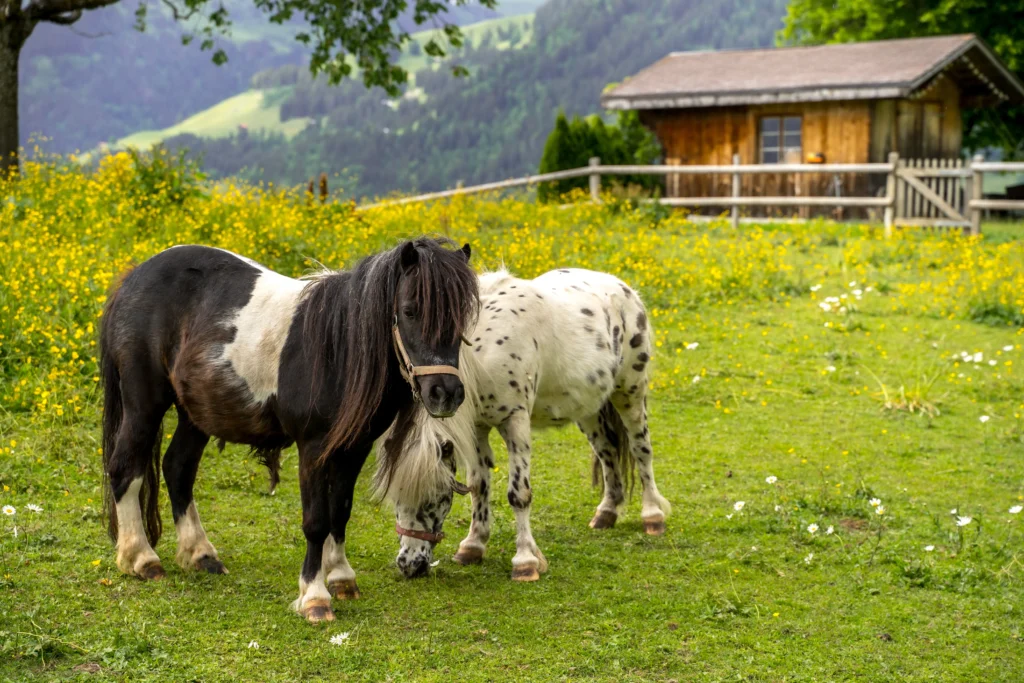
While not technically a different base color, Friesians with significant white markings represent another deviation from the traditional Friesian horse appearance. The breed standard permits only a small star on the forehead, but occasionally Friesians are born with more extensive white patterning.
These Friesian horse markings can include:
- Larger stars or blazes on the face
- Socks or stockings on the legs
- Rare cases of splash white patterning
Horses with minimal white markings (small stars) may still be accepted into the studbook, but those with extensive white are typically excluded from registration as purebreds. These Friesian horse with star markings or other white patterns are sometimes referred to as “part-bred” Friesians or sport horses, depending on their lineage.
5. Diluted Color Variations
The rarest of all Friesian horse colors are those affected by dilution genes, which lighten the base coat color. These variations include:
- Smoky Black: Appears as a slightly lighter black due to a single cream gene acting on black base color
- Brown: A variation of black where the coat shows lighter areas around the muzzle, flanks, and elbow
- Blue Roan Appearance: Not true roan genetically, but some Friesians display a mixed pattern of black and white hairs that creates a blue-tinted appearance
These diluted types of Friesian horse colors are exceedingly rare and often subject to debate regarding their purebred status. Many breed purists argue that such colors indicate outside blood, while others maintain that recessive genes carried within purebred lines can occasionally produce these variations.
The Controversy: Purebred Status and Color
The question of coat color and breed purity remains contentious in the Friesian community, touching on issues of tradition, genetics, and the very identity of the breed.
Historical Perspective on Friesian Colors
Historically, Friesian horse colors were more diverse than modern standards suggest. Before the strict standardization of the breed in the early 20th century, historical records and paintings depict Friesians in various colors including bay and chestnut. The consolidation around black as the only acceptable color is a relatively recent development in the breed’s long history.
During the breed’s near-extinction in the early 1900s, the remaining breeding stock was primarily black, and breed preservationists made the decision to standardize on this color. This decision, while helping to create the distinctive and uniform appearance we associate with Friesians today, may have eliminated some of the natural genetic diversity in Friesian horse coat colors.
Modern Breeding Associations’ Stance
The primary studbook for Friesians, the Koninklijke Vereniging “Het Friesch Paarden-Stamboek” (KFPS) in the Netherlands, maintains strict color requirements for registration. Their position is that purebred Friesian horse color must be black, with minimal white markings permitted only on the face.
However, some regional and international Friesian organizations take slightly different approaches:
- Some recognize that recessive genes for other colors can exist in purebred lines
- Others maintain separate registries for Friesians of non-standard colors
- Sport horse registries may accept Friesians of unusual colors for performance purposes
This tension between tradition and genetic reality continues to shape debates about what constitutes authentic Friesian horse colors.
How Many Colors Do Friesian Horses Come In?
When asked “how many colors do Friesian horses come in,” the answer depends largely on one’s definition of “Friesian.”
By the strictest traditional definition adhering to the main studbook requirements, Friesians come in exactly one color: black (with or without a small star). However, if we consider the full genetic potential present within purebred bloodlines, the range of possible Friesian horse colors expands to include:
- Black (the standard)
- Chestnut (red)
- Bay (brown with black points)
- Gray (progressively lightening to near-white)
- Various black variations (smoky black, brown, etc.)
Additionally, each of these base colors can potentially display different marking patterns, creating further visual diversity within the breed.
For those interested in the widest range of Friesian horse color variations, some breeders focus specifically on preserving rare colors while maintaining the distinctive conformation, movement, and temperament that make Friesians so beloved.
Identifying Friesian Horse Physical Traits Beyond Color
While color may be the most immediately visible aspect of a Friesian’s appearance, the breed is defined by many other distinctive Friesian horse physical traits that remain consistent regardless of coat color.
Characteristic Features of the Breed
Authentic Friesians, regardless of their Friesian horse colors, share these defining characteristics:
- Head: A relatively small, expressive head with small, alert ears and large, kind eyes
- Neck: A strong, arched neck set high on the shoulders
- Build: Powerful, compact body with strong bone structure
- Height: Typically standing 15.3 to 17 hands high
- Mane and Tail: Extraordinarily abundant, often wavy or curly hair
- Feathering: Luxurious feathering on the lower legs
- Movement: Elevated, spectacular action with impressive knee action
These Friesian horse appearance traits are considered more important than color in determining whether a horse truly exemplifies the breed, even if color remains a registration requirement.
Temperament and Character
Beyond physical characteristics, Friesians are beloved for their distinctive temperament:
- Willing, eager to please disposition
- Intelligent and quick to learn
- Gentle despite their imposing size
- Social and people-oriented
- Proud carriage and nobility
These character traits, combined with their striking appearance, explain why Friesians have become so popular for dressage, driving, and even film appearances, regardless of debates about Friesian horse colors.
Buying a Friesian: Color Considerations
For those contemplating Friesian ownership, color considerations may factor into the decision-making process.
Price Variations Based on Color
Generally speaking, Friesians with non-standard colors are priced differently than their black counterparts:
- Black Friesians conforming to studbook standards typically command premium prices, especially those with stellar conformation, bloodlines, and performance credentials.
- Rare-colored Friesians often fall into one of two pricing extremes: they may be significantly discounted due to their inability to be registered in the main studbook, or they may be marketed as rare and unique, commanding higher prices from buyers specifically seeking unusual colors.
Before purchasing a Friesian of any color, potential buyers should carefully consider their goals, as color can impact a horse’s eligibility for certain competitions and breeding programs.
Registration and Competition Eligibility
The implications of Friesian horse colors extend beyond aesthetics:
- Horses with non-standard colors typically cannot be registered in the main KFPS studbook
- Some alternative registries accept Friesians of unusual colors
- Competition eligibility varies by organization and discipline
- Breeding rights and offspring registration may be limited
For those primarily interested in recreational riding or specific performance disciplines where registration is less important, a Friesian with unusual coloring might be a perfect choice, offering the breed’s wonderful temperament and striking appearance at potentially lower cost.
Caring for Different Colored Friesians
While the care requirements for Friesians remain largely consistent regardless of color, there are some coat-specific considerations worth noting.
Color-Specific Grooming Needs
Different Friesian horse colors may require slightly different grooming approaches:
- Black Friesians show dirt and dust readily, requiring frequent grooming to maintain their lustrous appearance. Sun exposure can cause bleaching, so some owners use protective sheets during peak sunlight hours.
- Chestnut Friesians may appear less dirty between groomings but are prone to the same sun-bleaching as other red-based horses.
- Graying Friesians require particularly diligent skin checking as their pink skin becomes more visible, increasing susceptibility to sunburn and skin cancers.
- Friesians with white markings need special attention to those areas, particularly on the legs where feathering can trap moisture and dirt, potentially leading to skin conditions.
For all Friesian horse coat colors, the abundant mane, tail, and feathering require regular, careful attention to prevent tangles and maintain health.
Health Considerations Related to Color
Some health considerations correlate with specific Friesian horse colors:
- Black horses generally absorb more heat in sunlight and may require additional cooling measures in hot weather
- Horses with pink skin (under white markings) need sun protection to prevent burning
- Gray horses have increased risk of melanoma as they age
- All Friesians, regardless of color, are prone to certain breed-specific health issues that prospective owners should research
Consulting with veterinarians familiar with the breed can help owners develop appropriate care regimens for their Friesians of any color.
The Future of Friesian Horse Colors
As genetic testing becomes more sophisticated and accessible, our understanding of Friesian horse color genetics continues to evolve, potentially reshaping the breed’s future.
Genetic Research and New Discoveries
Recent advances in equine color genetics have:
- Confirmed that some color variations can occur naturally in purebred lines
- Identified specific genetic markers associated with various coat colors
- Enabled testing to determine a horse’s color genetics, including hidden recessive genes
- Sparked renewed interest in historical color diversity within the breed
These scientific developments are gradually influencing conversations about what constitutes “authentic” Friesian horse colors and whether the traditional focus on black alone should be reconsidered.
Evolving Breed Standards
While change in long-established breed organizations tends to come slowly, there are signs of evolving perspectives on Friesian horse color variations:
- Some breeders advocate for “color-inclusive” approaches that would recognize rare colors with proven purebred genetics
- Alternative registries specifically for non-black Friesians have emerged
- Interest in historical breed diversity has prompted conversations about returning to earlier, less restrictive standards
- Performance-focused organizations tend to place less emphasis on color than conformation and ability
Whether these trends will eventually lead to broader acceptance of color diversity in main studbooks remains to be seen, but the conversation continues to evolve within the Friesian community.
Conclusion: Beyond Black Beauty
The world of Friesian horse colors is more complex and fascinating than the common perception suggests. While the classic black Friesian rightfully remains the breed’s most iconic image, understanding and appreciating the rare color variations adds another dimension to our appreciation of these magnificent animals.
Whether you’re drawn to the traditional black beauty or fascinated by the rare chestnut, bay, or uniquely marked individuals, the essential qualities that make Friesians special—their proud carriage, flowing manes, gentle spirits, and spectacular movement—transcend coat color.
The ongoing conversations about Friesian horse colors reflect broader questions about tradition, genetic diversity, and the very definition of breed purity that resonate throughout the equestrian world. As science advances and perspectives evolve, our understanding of these magnificent horses continues to deepen, revealing new complexities in what was once thought to be simply black and white.
For Friesian enthusiasts, this diversity represents not a dilution of the breed but rather a window into its rich genetic heritage—a heritage that, like the horses themselves, contains more surprises and beauty than meets the eye.
FAQ About Friesian Horse Colors
Are Friesian horses always black?
While the vast majority of registered purebred Friesians are black, rarely, other Friesian horse colors such as chestnut and bay can occur within purebred lines due to recessive genes. However, only black Friesians typically qualify for registration in the main studbook.
Can Friesian horses be white?
True white Friesians (with pink skin) do not exist in purebred lines. What people sometimes mistake for white Friesian horses are either grays that have lightened significantly with age or horses with extensive white markings. Friesian breed standards allow only minimal white markings (small stars) for registration.
What color are Friesian horses besides black?
Rare Friesian horse coat colors occasionally seen include chestnut (red), bay (brown with black points), and variations of black with dilution factors. Graying can also occur, causing black Friesians to lighten progressively throughout their lives. These non-standard colors are uncommon and generally not accepted for main studbook registration.
How rare is a chestnut Friesian horse?
Chestnut Friesian horse individuals are extremely rare, estimated to represent less than 1% of all Friesians worldwide. They result from recessive genes that must be carried by both parents, making them a genuine rarity in the breed.
What determines Friesian horse color genetics?
Friesian horse color genetics are controlled by several gene loci, with the Extension (E) gene and Agouti (A) gene being particularly important. Most Friesians are homozygous for dominant black (E) and recessive agouti (a), creating their characteristic black coat. Other colors appear when these genes vary from the typical pattern.
Can purebred Friesians have white markings?
Purebred Friesians can have small white markings, typically limited to a star on the forehead. Extensive Friesian horse markings such as blazes, snips, or leg markings generally disqualify horses from main studbook registration, though some regional associations have slightly different rules.
Where can I learn more about Friesian horse physical traits?
To learn more about Friesian horse physical traits beyond color, excellent resources include the Friesian Horse Association of North America, breed books such as “The Friesian Horse” by Gail Thomas, and educational programs offered by various Friesian associations worldwide.
How many colors do Friesian horses come in officially?
Officially, according to the main studbook (KFPS), Friesians come in only one color: black. However, genetic research confirms that purebred Friesians can carry genes for other colors that occasionally express themselves, creating rare Friesian horse colors that, while genetically possible, are not recognized for main registration purposes.
How do I identify genuine Friesian traits regardless of color?
Look for the distinctive Friesian horse appearance markers: luxurious mane and tail, feathered fetlocks, powerful build, proud carriage, arched neck, and spectacular high-stepping movement. These traits, along with the breed’s characteristic gentle temperament, define a Friesian more fundamentally than coat color.
Are non-black Friesians worth less than black ones?
Value depends on individual quality, training, and intended use. While black Friesians qualifying for main studbook registration typically command premium prices, exceptional non-black Friesian horse individuals may be highly valued by those specifically seeking rare colors. Competition record and bloodlines often influence price more significantly than color alone.
References and Further Reading
- Friesian Horse Association of North America. “Breed Standards.” FHANA Official Website
- Bowling, Ann T. “Horse Genetics.” CAB International, 2000.
- Sponenberg, D. Phillip. “Equine Color Genetics, 3rd Edition.” Wiley-Blackwell, 2009.
- Thomas, Gail. “The Friesian Horse.” Kenilworth Press, 2010.
- Koninklijke Vereniging “Het Friesch Paarden-Stamboek” (KFPS). “Registration Rules.” KFPS Official Website
- University of California, Davis. “Horse Coat Color Tests.” Veterinary Genetics Laboratory.
- Horse Breed Varieties
- Equestrian Sports
- Horse Care Fundamentals



